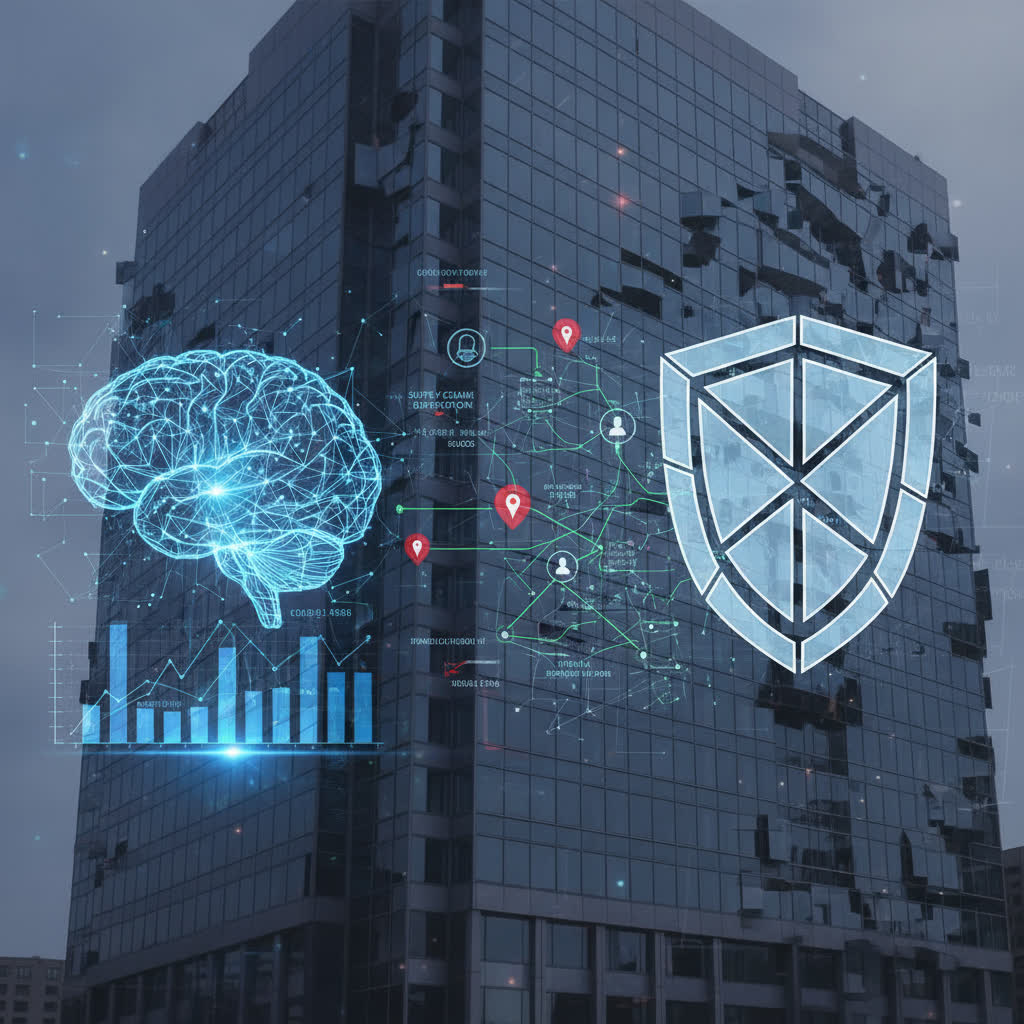Securing enterprise resource planning (ERP) environments has become one of the most pressing priorities for modern organizations, particularly as threats targeting data integrity and process integrity continue to escalate. Among the diverse ERPs in use across industries such as automotive, healthcare, retail and finance, SAP remains vital for optimizing business operations. Yet, the very strengths that make SAP invaluable—its vast integrations, process automations and powerful configurations—also increase the importance of a resilient framework to counter data breaches and unauthorized activities. Constructing a robust SAP security posture is not just about technology, but about building comprehensive controls that ensure compliance with regulations, address risks proactively and safeguard sensitive business assets.
Understanding SAP Security Risks and the Role of SAP GRC
Risks impacting SAP landscapes have shifted in recent years, with an increased focus on sophisticated cyberattacks, insider threats and the complexity of compliance requirements. SAP systems, by nature, manage an enormous volume of confidential information spanning financial data, personal records and intellectual property. Threat actors often exploit poor segregation of duties, misconfigured authorizations or insufficient monitoring to gain unauthorized access or disrupt business processes. It is within this context that SAP GRC (Governance, Risk and Compliance) emerges as an essential component. Through integrated risk management capabilities, continuous controls monitoring and automated audit trails, SAP GRC supports organizations in proactively identifying vulnerabilities while addressing key legislative requirements like GDPR, SOX and ISO 27001. SAP GRC streamlines processes for incident management and enables robust documentation that assists during SAP audit activities, supporting long-term operational resilience.
SAP Authorization Concepts: Tailoring Security From Small-Market to Enterprise
An effective SAP Authorisation strategy plays a central role in ensuring only the right individuals have access to specific transactions and data within the SAP ecosystem. The structure of a robust authorization framework varies based on organizational size, complexity and regulatory obligations. The Authorization Concept for S/4HANA Small-Market is designed to meet the affordability and simplicity needs of smaller organizations by offering streamlined access management and granular user provisioning, thus cutting down on operational costs without sacrificing compliance SAP goals. As organizations grow, the Authorization Concept for S/4HANA Mid-Market introduces scalable controls, automation in role management and stronger focus on segregation of duties. For complex entities, the Authorization Concept for S/4HANA Enterprise-Market provides broad access governance for multiple subsidiaries and business units, automating risk management and ensuring compliance SAP standards across global operations. In each case, the SAP Authorisation framework supports effective policy enforcement, reduces the risk of privilege abuse and paves the way for compliant business expansion.
Optimizing SAP Audit Processes for Ongoing Vigilance
Traditional audit processes are increasingly insufficient to address the fluid nature of SAP environments and regulatory expectations. Modern SAP audit solutions focus on providing real-time oversight of user activities, role assignments and system changes. When implemented effectively, SAP audit activities allow businesses to continuously monitor access patterns, detect suspicious behavior and swiftly remediate vulnerabilities before they can be exploited. Many organizations leverage proactive internal auditing and external assessments to identify recurring weaknesses, spot segregation of duties conflicts and assure that access changes are documented according to compliance SAP imperatives. Advanced audit solutions support the development of clear audit-ready documentation that helps demonstrate compliance to third-party auditors and regulators, improving trust with stakeholders and laying the foundation for future process improvements. By embedding SAP audit into daily operations alongside broader governance frameworks such as SAP GRC, companies reinforce resilience against unauthorized activities and rapidly changing threat landscapes.
Implementing GRC Solutions: Automation, Integration and Compliance SAP
Implementing GRC solution frameworks within the SAP landscape addresses the dual objectives of automating security controls and maintaining compliance with industry standards. Effective GRC solutions integrate seamlessly with SAP Authorisation workflows, ensuring that user provisioning, deprovisioning and access reviews are executed with precision. Powerful GRC tools allow for the definition and enforcement of custom risk rules, continuous detection of access anomalies and automated approval processes that decrease administrative burdens. With embedded analytics and reporting functionalities, organizations gain comprehensive visibility into their risk posture—supporting audit efforts and driving continuous improvement. This alignment of business operations with emerging compliance SAP requirements accelerates response to new regulations and supports transparent interactions with both clients and regulators. The integration of GRC solution frameworks with core SAP Authorisation and audit modules further solidifies an organization's overall defense strategy against new and evolving risks.
SAP Risk Analysis as a Service: Proactive Monitoring for Data Breaches
Ensuring real-time protection for SAP systems is not achievable through periodic reviews alone. SAP Risk Analysis as a Service delivers continuous, subscription-based monitoring that enables companies to identify segregation of duties conflicts, critical access risks and unusual activity as soon as they emerge. This proactive approach facilitates swift responses to prevent unauthorized data exposure or operational disruptions. Subscription-based models enhance resource optimization, reduce the need for in-house SAP Authorisation expertise and help maintain a consistent oversight on risk levels across diverse SAP environments. Intelligent risk analysis tools leverage automation, machine learning and standardized rule sets to provide relevant, actionable insights for both IT security teams and business decision-makers. Coupling SAP Risk Analysis as a Service with GRC solutions and robust authorization concepts ensures that compliance SAP requirements are met without compromising business agility or exposing sensitive assets to sophisticated attack vectors.
Compliance SAP: Meeting Evolving Regulatory Demands Across Industries
Global businesses must continually adapt to evolving legislation impacting how personal, financial and operational data is stored and processed within SAP environments. Regulations such as the General Data Protection Regulation (GDPR), Sarbanes-Oxley (SOX) Act and ISO 27001 set detailed requirements for data integrity, access control and incident response. Achieving compliance SAP objectives is a multi-layered process that encompasses risk assessments, clear documentation, automated enforcement of authority restrictions and comprehensive audit trails. With specialized SAP Authorisation frameworks and GRC solutions, organizations can efficiently align their operations with regulatory requirements, reduce audit findings and instill greater confidence among partners and regulators. The integration of SAP audit practices, authorization frameworks and ongoing risk analysis supports long-term compliance SAP goals while providing the ability to adapt to future industry changes and security demands with assurance.
Building resilience into SAP infrastructures requires a calculated, methodical approach that combines strong policy enforcement, advanced technology and continual adaptation to the shifting threat and compliance environment. Core components such as SAP audit processes, GRC implementations, authorization concepts tailored to various organizational sizes and SAP Risk Analysis as a Service all contribute to a posture that reduces the likelihood and impact of data breaches or unauthorized access attempts. Centering these elements around the principles of compliance SAP and embedding them within the daily operational fabric enables organizations to not only meet legislative requirements but to thrive in complex digital ecosystems. By adopting a proactive security framework, leveraging robust SAP Authorisation controls and maintaining vigilance through risk analysis and comprehensive audit, companies can respond confidently to both current threats and future challenges in the SAP security landscape.





